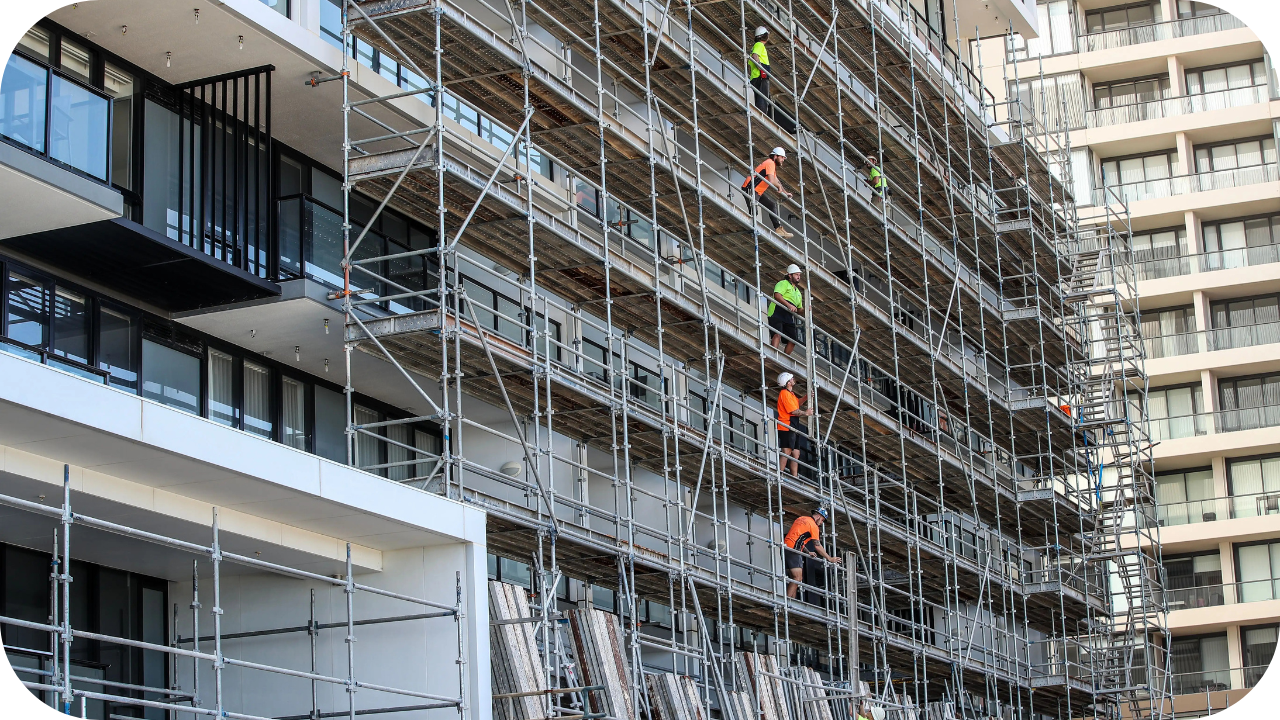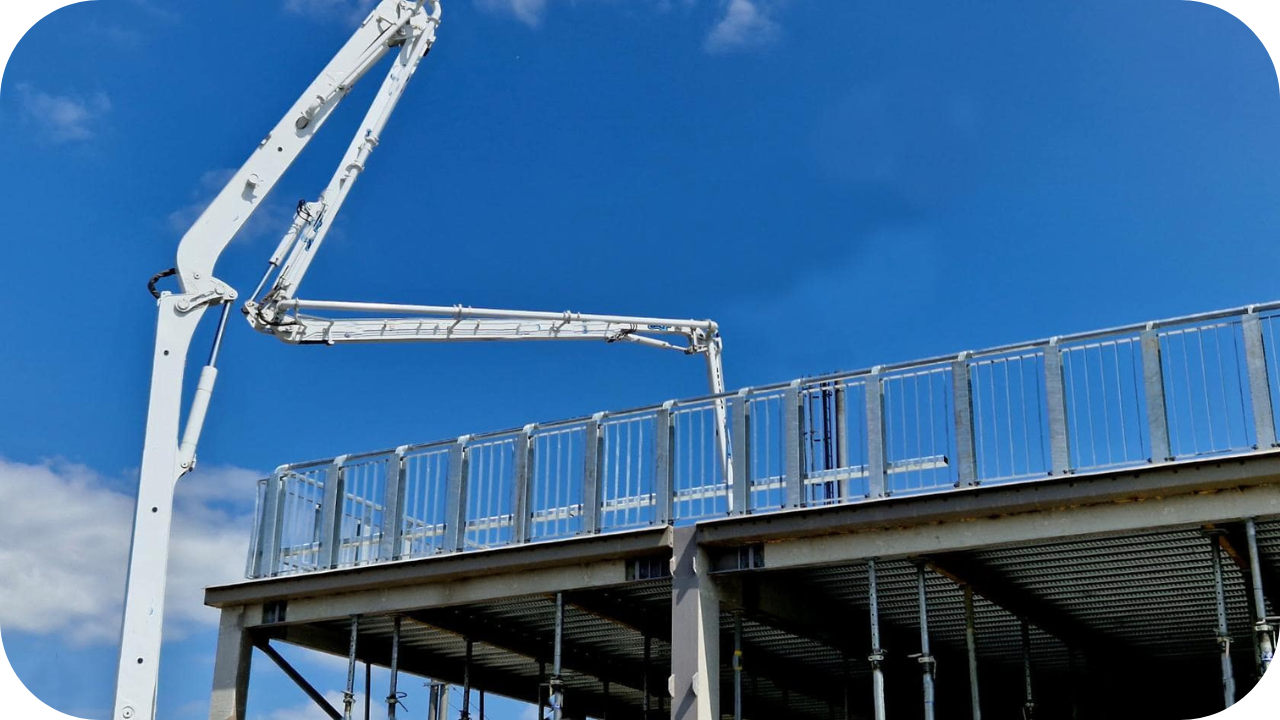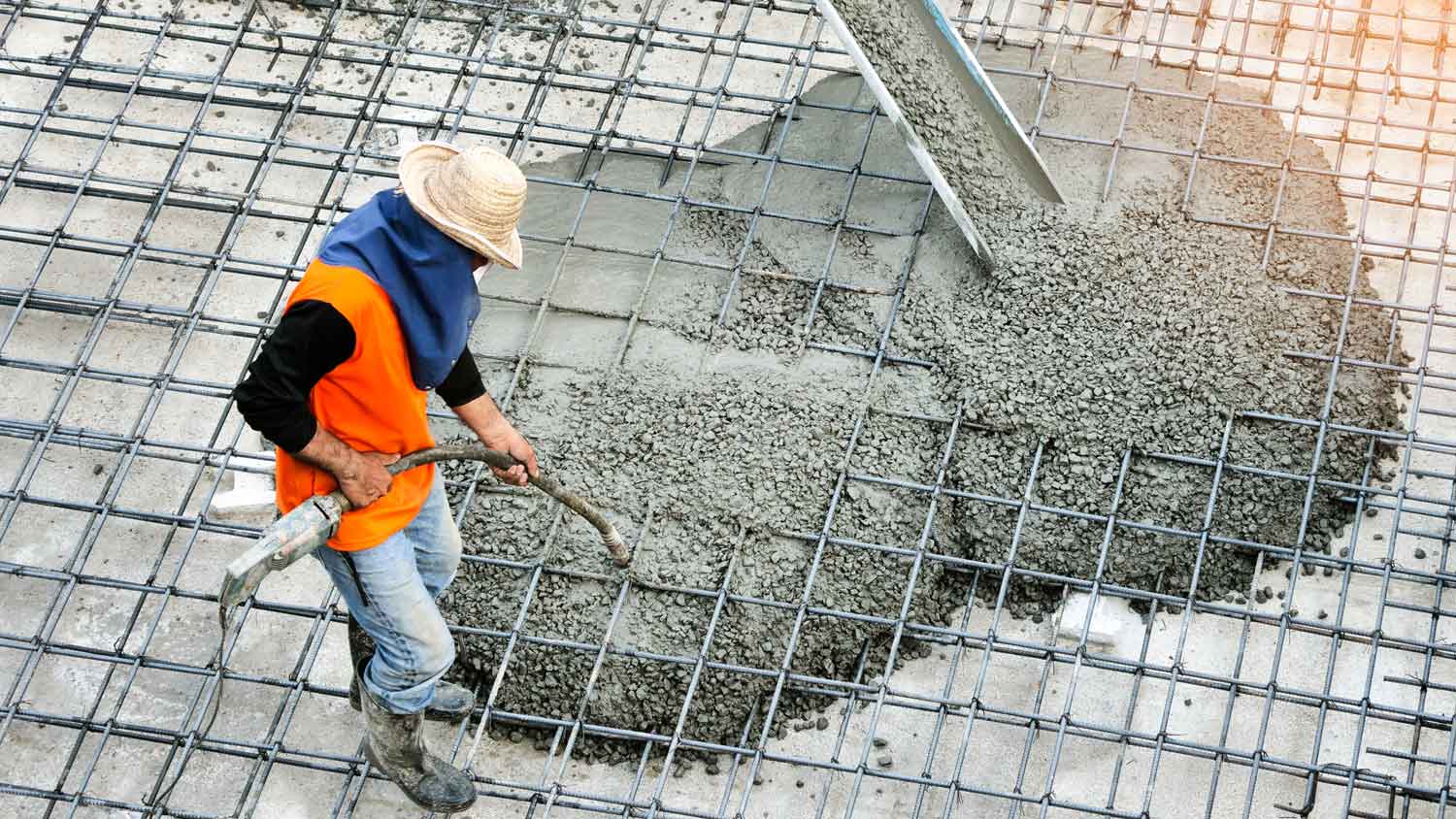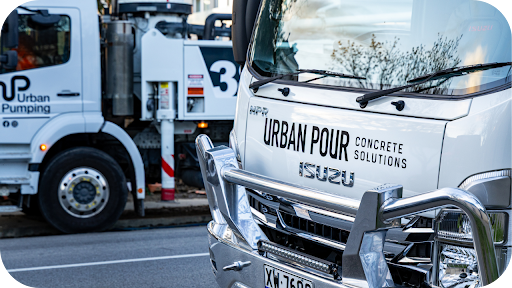


Melbourne’s skyline is constantly changing. New residential towers, office buildings, and mixed-use developments continue to rise, shaping the city’s identity. Behind these projects lies the strength and reliability of concrete, the material that holds every floor, wall, and foundation together.
High-rise concrete construction, however, isn’t as straightforward as pouring and setting. Melbourne’s weather, traffic, and dense CBD sites introduce unique complications. Success depends on planning, coordination, and technical precision.
This article looks at the main challenges of building high-rises in Melbourne and the smart solutions that help contractors and concrete specialists deliver stronger, safer, and longer-lasting structures.
High-rise concrete construction refers to buildings that rely on reinforced concrete for both load-bearing and lateral stability. These structures use reinforced cores, columns, and slabs to resist gravity, wind, and seismic forces.
Concrete’s strength, fire resistance, and flexibility in design make it the material of choice for tall buildings. However, as height increases, so do the demands on formwork systems, pumping distances, curing times, and safety management.
Efficient planning and local experience are essential to maintaining quality and meeting Melbourne’s construction standards.

Building upwards in a busy city like Melbourne comes with its own set of obstacles. From limited site access to unpredictable weather, every stage of high-rise concrete work demands planning and precision. Below are the main challenges that shape how specialists like Urban Pour approach each project.
Space is one of the biggest limitations in inner-city Melbourne. Existing buildings, narrow laneways, and limited loading zones surround many high-rise projects. Managing concrete delivery, storage, and machinery within these boundaries requires precise coordination.
The solution often involves line pumping systems that can deliver concrete efficiently through restricted areas, supported by detailed scheduling to avoid traffic congestion and downtime. On projects where every minute counts, well-planned logistics keep operations running smoothly.
Melbourne’s unpredictable weather is a known challenge. Sudden rain, temperature shifts, or strong winds can delay pours, affect curing rates, and increase safety risks.
Smart planning starts with accurate weather tracking and flexible scheduling. Contractors also use protective coverings and curing compounds to control moisture loss during heat or wind exposure.
In colder months, accelerated curing techniques and careful mix design adjustments help maintain structural integrity without compromising timelines.
High-rise structures experience significant vertical and lateral loads. Managing these forces requires more than standard reinforcement, it involves post-tensioned slabs, high-strength concrete, and precise sequencing between levels.
Collaboration between engineers, formwork specialists, and concrete contractors ensures that each pour aligns with the building’s structural design. Missteps at this stage can cause costly delays or safety concerns.
For Melbourne projects, compliance with AS 3600 – Concrete Structures is mandatory to ensure stability and durability from the ground up.

Timing is everything in high-rise concrete work. Once a pour begins, coordination between batching plants, pump operators, and site teams must be seamless to prevent cold joints and maintain consistency.
Urban Pour and similar Melbourne specialists rely on modern pumping fleets designed for vertical delivery, combined with careful pour sequencing that reduces waste and minimises disruption to surrounding businesses and residents. Efficient pumping keeps projects on track and ensures the concrete reaches every level with uniform strength and finish.
Working at height adds a layer of risk that demands strict adherence to safety protocols. Melbourne’s construction standards, guided by WorkSafe Victoria and the Building Code of Australia, require robust measures for formwork, scaffolding, fall protection, and on-site handling.
Regular inspections, clear communication, and staff training reduce the risk of incidents. In complex high-rise settings, these aren’t just legal requirements, they’re essential for maintaining site morale and delivering reliable results.
High-rise construction demands more than strength, it requires strategy. Urban Pour applies practical, forward-thinking methods that keep complex projects running smoothly and safely. Below are the key solutions that help deliver consistent, high-quality results across every Melbourne build:
Modern high-rise projects use mixes engineered for strength, flow, and long-term performance. High-performance concrete (HPC) and self-compacting concrete (SCC) are popular choices because they allow easy placement without sacrificing durability.
In Melbourne, where temperature swings can affect hydration, mix designs are fine-tuned for local conditions. This ensures the concrete sets evenly and achieves its required compressive strength on schedule.

Pumping concrete hundreds of metres vertically demands both power and precision. The key is using the right equipment, trained operators, and reliable scheduling between concrete plants and site teams.
Melbourne’s high-rise specialists invest in high-pressure pumps, boom systems, and line configurations suited to urban environments. By monitoring pump pressure, flow rate, and temperature, operators maintain consistent quality from the first floor to the top level. For projects with limited access, efficient pumping isn’t just a convenience, it’s a necessity.
Technology is changing how concrete projects are planned and executed. Building Information Modelling (BIM) allows designers, engineers, and site teams to coordinate every pour before work begins.
Digital simulations help identify clashes, reduce material waste, and plan reinforcement layouts accurately. On-site tablets and software now give teams real-time updates, improving communication and decision-making, which is essential in large, fast-moving high-rise projects.
Concrete’s performance depends on close monitoring from batching to curing. Teams perform slump tests, check air content, and track temperature differentials throughout each pour.
On-site supervisors oversee finishing, vibration, and curing to prevent cracking or segregation. This attention to detail ensures that each level of a high-rise meets both structural and aesthetic standards, especially in exposed architectural elements.
The success of any high-rise project depends on communication. Builders, engineers, and concrete specialists must work as one team, aligning schedules, designs, and pour sequences.
Early collaboration prevents conflicts during critical phases like reinforcement installation or pump setup. Experienced teams like Urban Pour bring practical insight to planning discussions, helping identify potential issues long before they affect the timeline.

The future of concrete construction in Melbourne is shifting toward smarter, more sustainable practices. Low-carbon and recycled aggregate mixes are now reducing emissions while maintaining high compressive strength. Self-compacting and fibre-reinforced concretes are streamlining labour needs, improving consistency, and enhancing structural resilience.
Automation is also transforming how projects are managed, with smart sensors tracking curing temperatures, load distribution, and quality in real time. These innovations help builders maintain safety, accuracy, and efficiency across every stage of a pour.
For developers, that means faster project delivery, fewer material losses, and long-term performance built into every structure. Urban Pour continues to adopt these modern systems, ensuring each project reflects the future of concrete construction, durable, sustainable, and built to last.
Choosing local concrete specialists means working with teams that understand these challenges first-hand. When precision, safety, and timing matter most, the difference lies in who’s on your team. Urban Pour brings local experience, reliable workmanship, and a results-driven approach to every high-rise concrete project in Melbourne.
Melbourne’s high-rise buildings stand as proof of engineering skill, careful planning, and reliable materials. Every concrete pour contributes to the safety and stability of the structure, and by extension, the city’s growth.
High-rise concrete construction will always bring challenges, but with modern equipment, local knowledge, and a focus on quality, those challenges can be managed with confidence. Whether it’s a basement, core, or rooftop slab, every pour deserves the same attention to detail.
Contact Urban Pour to discuss your next high-rise project and work with Melbourne’s trusted team for concrete pumping, placement, and structural solutions that last.

Concrete pumping transforms Melbourne’s construction projects with precision, speed, and cleaner results. Learn how professionals achieve flawless pours and stronger finishes on every build.
See more
Melbourne’s skyline continues to rise with innovation. Learn the biggest challenges of high-rise concrete construction and the smart solutions keeping city projects strong and efficient.
See more
Civil concrete contractors build Melbourne’s foundations; from roads and bridges to drainage systems. Urban Pour delivers compliant, durable, and high-quality concrete work for civil and infrastructure projects
See more